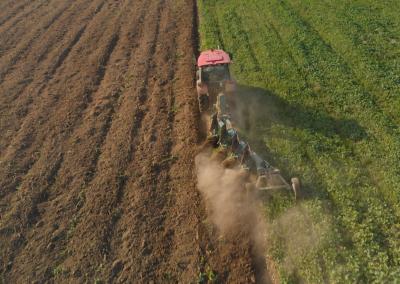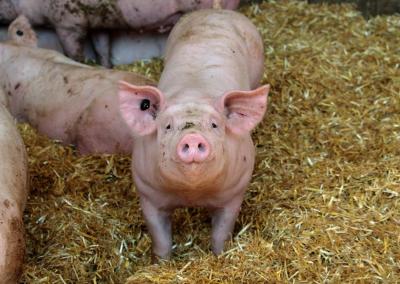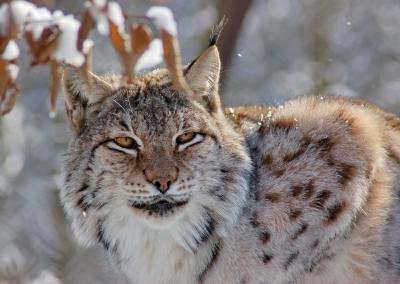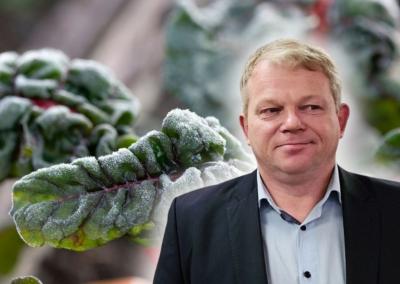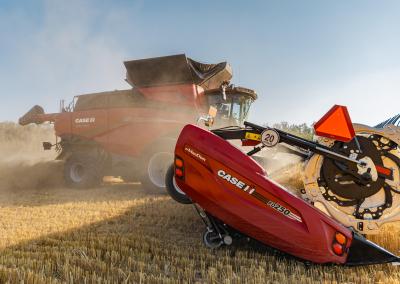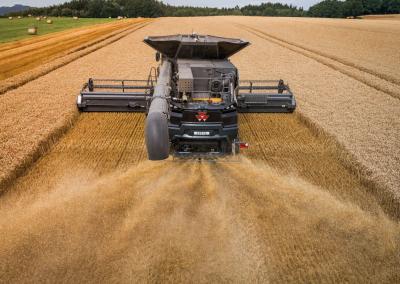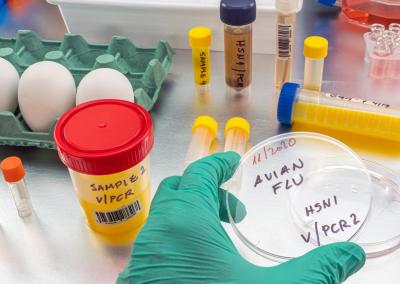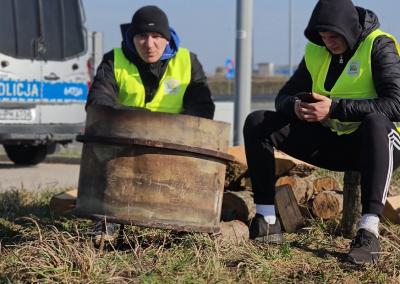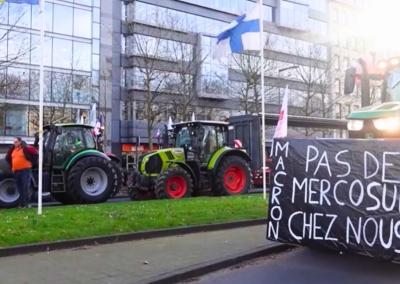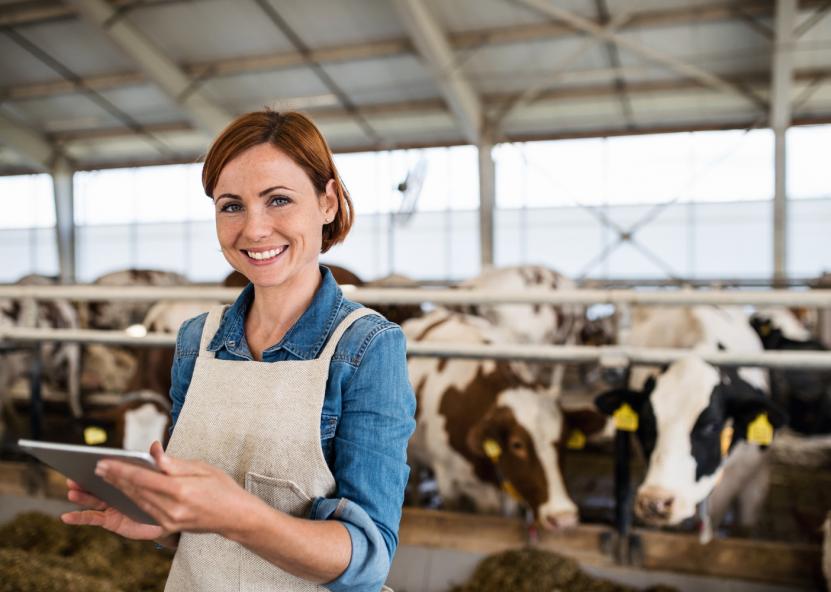Is the future of dairy farm workers digital?
In today's rapidly changing agriculture, it is more important than ever to build a sustainable workforce. With a rapidly ageing workforce, labour shortages and increasing technology needs, dairy farms need to find ways to attract, retain and support a new generation of talent that is vastly different from the last generation, according to Dairyglobal.net.
America's ageing workforce is a major challenge for agriculture. Every day, 11,200 Americans turn 65, and in dairy farming communities the impact is even more pronounced. As a result, many dairy farms face the reality of having fewer hands to manage day-to-day operations.
An ageing workforce is not the only challenge. For decades, young people have been gravitating to the cities, often forgetting agriculture as a viable career path. Common misconceptions about farm life, such as long working hours, limited opportunities for advancement and a lack of modern amenities, have contributed to this trend. These outdated attitudes have led to a neglect of the progress that dairy farming has made in terms of technology integration, work-life balance and job satisfaction.
How can dairy farmers overcome labour shortages and misconceptions to create a sustainable workforce?
Highlight the benefits
Younger workers who discover the benefits of living on a farm often cite a safer environment to raise a family, less stress compared to living in the city, and the possibility of a stable, long-term job. Many dairy farms offer a strong sense of community, a close connection to nature and opportunities for personal development that are not available in traditional urban areas.
Probably one of the most important reasons why the younger generation is considering working on a farm is the increasing role of technology in dairy farming. Sensors developed by companies such as „SCR”, „Smaxtec”, „Nedap”, „Cow Manager”, and „Labby” are providing real-time data on everything from cow movement and estrus detection to real-time milk analysis. Meanwhile, robots from „Lely“, „Delaval“, „Goke“ and others automate tedious tasks such as milking cows and mixing feed. These technologies increase productivity and make the profession more attractive to the younger generation.
Recruitment efforts and cultural barriers
As agriculture relies heavily on immigrant labour, creating a multilingual and multicultural workplace is essential for workforce sustainability. Farms need to proactively address language barriers, and in the absence of multilingual managers, dairy farm owners can take advantage of technologies such as translation apps to offer language training.
As markets and consumer needs change, dairy farms will need creative thinkers who can navigate these changes. Creative thinkers are key to identifying new market opportunities, increasing operational efficiency and driving long-term success in a competitive industry.
Farm owners should consider expanding their search to include surrounding cities, towns and different industries, as people who did not grow up on dairy farms can bring new ideas, creativity and a willingness to learn to help farms adapt to new challenges and thrive in a rapidly changing environment. In addition, finding and developing talent on existing dairy farms often provides a 5:1 return on investment.
Automation in the farming of the future
As the dairy sector continues to be plagued by labour shortages, investment in labour-saving technologies is increasingly important. From robotic milking systems to precision farming tools, automation can help reduce workload, eliminate repetitive tasks and increase efficiency. By prioritising automation, dairy farms can reduce their reliance on manual labour, making them more sustainable and more attractive to future employees.
Building a sustainable workforce requires a multifaceted approach that includes technology, inclusive recruitment practices and a focus on innovation. By using modern tools, addressing language and cultural barriers and rethinking recruitment strategies, dairy farms can create a thriving work environment that attracts and retains talent for the long term. Investing in these strategies now will help dairy farms remain competitive and viable in the future.


